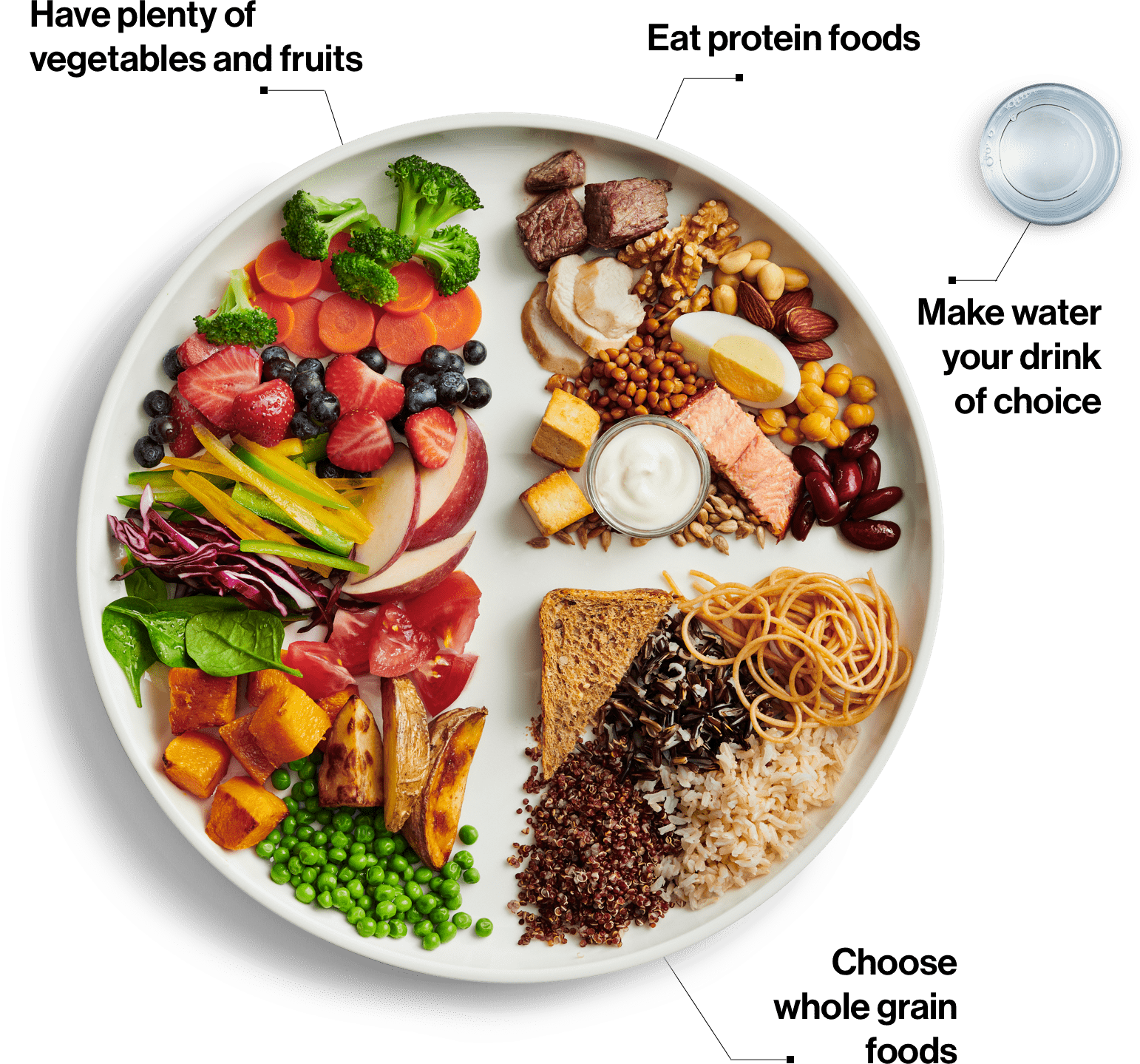Nutrition
How Nutrition Impacts a Child’s Brain Development During the First 1,000 Days
The first 1000 days refers to the stage of life that starts at conception through to two years of age. There is strong evidence that this is a critical period in their development. It is a period when children are growing and developing both physically, mentally & emotionally at a faster rate than at any other time in their life.
The role of a positive environment
As caregivers, you are laying the foundation for how the brain will work for the rest of a person’s life. The environment a child lives in, and how they are loved, cared for, and nurtured, is crucial for healthy brain development. During a child’s early years, caregivers can practice responsive feeding, which is responding to a baby’s cues to provide breast or bottle feeding. It also recognizes that feeds are not just for nutritional needs but also for attachment, emotional support, and connection between baby and caregiver.

Which foods are best?
- Focus on variety. Offer foods from all the food groups such as fruits & veggies, dairy and alternatives, grains, and meat and alternatives.
- Aim to include three food groups at meals and two food groups at snacks.
- Iron-rich foods: Iron stores deplete by 6 months. Aim to incorporate soft-cooked meats, beans and lentils (or bean-based pasta), fortified cereals (you can also use in mini muffins or pancakes), and dark leafy vegetables.
- Omega 3 rich foods: For cognitive development, brain and eye health, incorporate salmon, herring, and trout to their meals. You can add them to pasta, spread them on toast, or make them into fish sticks. Other options include ground flax, hemp hearts, ground walnuts.
- Vitamin D: Supplement with vitamin D drops (400IU up to 12 months and 600IU age 1-8 years old).
Note: Plant-based milks are not recommended for the first 2 years of life.

Canada’s Food Guide offers guidelines on nutrition for people aged two and older.
Important tips:
- Think of each meal as a new eating opportunity to learn, explore, and play with foods. Give lots of opportunities to try new foods, serve the same food multiple ways
- Don’t give up! Consistency and multiple exposures are key.
- Avoid using screens during mealtimes.
- Let them get messy, use all of their senses.
- Talk, talk, talk! Babies are listening even if they can’t respond. They are learning from your words, tone, and your eyes.
- Eat together as often as possible, children learn from watching the adults around them eat.
Tips & Tricks to Encourage a Healthy Relationship with Food for Children Under the Age of 6
Young children need to develop healthy eating habits early on. Children look to the caring adults around them for guidance and pattern habits after them. As caregivers, you play an important role in:
- creating a healthy food environment in your home
- supporting a child’s interest in healthy food
- shaping the child’s eating habits and behaviours
Important tips:
- Children are black and white thinkers. Avoid labelling foods as “good food” and “bad food”. Call food by its name (e.g. candy, broccoli, cake).
- Allow a variety of foods including sweets. Allowing regular access to sweets helps neutralize them as “just another food”.
- Focus on the body’s function. Teach children how to describe how their body feels and what it can do over what it looks like.
- Avoid making negative comments about your own body. Children internalize messages shared by trusted adults about appearance ideals and weight. Negative dialogue about your body can influence how a child feels about their own body.
- Compliment children on things that have nothing to do with appearance. Praise children on areas such as kindness, being a good friend or sibling, or creativity.
- Show lots of love and remind children that their body is a good body regardless of size or shape. Children who feel good in their bodies have better health outcomes.
Five Strategies to Reduce Mealtime Battles with Children Under the Age of 6
Is the child in your home a picky eater? Picky eating happens when a child refuses food often or eats the same food over and over. Picky eating usually peaks in the toddler and preschool years. During the early years, children often seek “sameness” as much as possible, including sticking to the same small group of foods. This consistency helps them feel safe and secure during a period of rapid change.
- Make sure they are hungry. Kids need regular meals and snacks throughout the day but if they graze all day long (even if it is just milk or juice), they won’t be hungry enough to eat when it’s ‘meal time’.
- Let them choose. The more you get them involved with food, the more likely they are to eat it. Serve food family-style whenever possible and let them choose which foods they want to put on their plate.
- Get them involved. Getting kids in the kitchen is one of the top strategies to improving food acceptance. Touching, feeling, smelling, and possibly tasting food without the pressure of having it on their plate will help children get more familiar with different foods and be more likely to eat them.
- Eat together. Eating together (screen-free) provides a time to connect and have caregivers model a healthy relationship with food. Kids are also more likely to try a food if they see their caregivers eating them.
- Provide unfamiliar foods with familiar foods. When planning meals, choose at least one food you know the child will like, known as a “safe” food. This can be bread, rice, pasta, fruit, etc. This way, they will have the option to eat that food if all else fails.

Content developed by Jenn Messina. Jenn Messina is a Registered Dietitian based in beautiful Vancouver, BC. Jenn is passionate
about all aspects of holistic health and practices through the lens of Health at Every Size® and Intuitive Eating. She works with
individuals who are ready to break up with dieting and find balance and joy with food. She also works with families looking to
support their children to have a healthy relationship with food and their bodies. Follow her on Instagram @jennthedietitian
and visit her website at www.jennmessina.com
Phone
Main:
604-544-1110
Toll-Free Foster Parent Line:
1-800-663-9999
Office hours: 8:30 am - 4:00 pm, Monday to Friday
PROVINCIAL CENTRALIZED SCREENING
Foster parents are encouraged to call this number in the event of an EMERGENCY or CRISIS occurring after regular office hours:
1-800-663-9122
REPORT CHILD ABUSE
If you think a child or youth under 19 years of age is being abused or neglected, you have the legal duty to report your concern to a child welfare worker. Phone 1-800-663-9122 at any time of the day or night. Visit the Government of BC website for more info.
address
BCFPA Provincial Office
Suite 208 - 20641 Logan Avenue
Langley, BC V3A 7R3
contact us
Fill out our contact form...

News
Site menu
Subscribe to Our Newsletter
Charitable Registration #
106778079 RR 0001
Our work takes place on the traditional and unceded Coast Salish territories of the Kwantlen, Katzie, Matsqui and Semiahmoo First Nations. BCFPA is committed to reconciliation with all Indigenous communities, and creating a space where we listen, learn and grow together.
© 2021 BC Foster Parents. Site design by Mighty Sparrow Design.